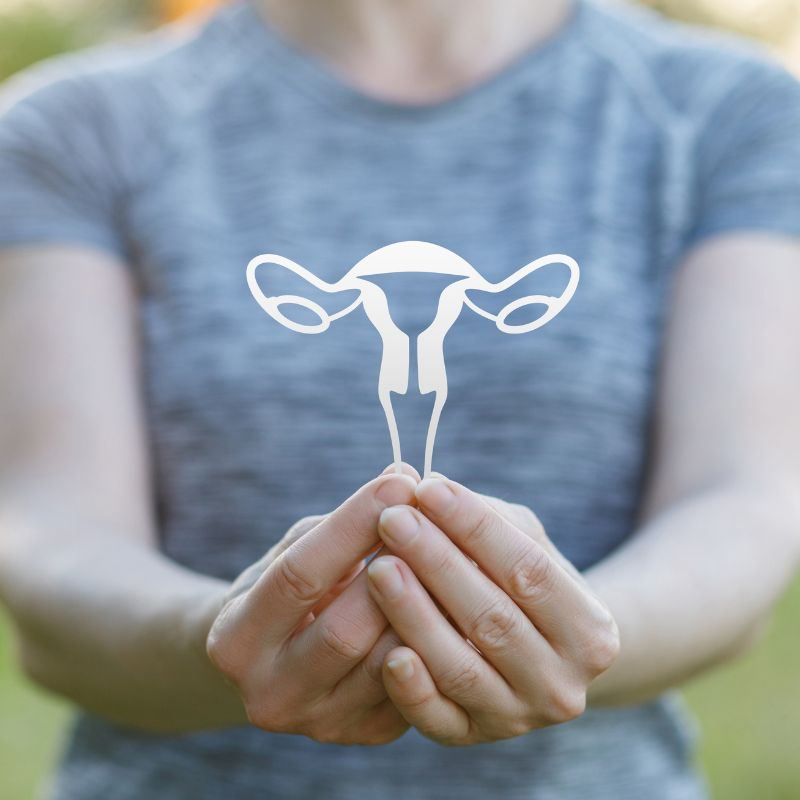Uterine fibroids are the most common noncancerous tumors in women of childbearing age. Approximately three million women in the United States have fibroids. Fibroids are made up of muscle cells and other tissues that grow in and around the wall of the uterus. Some women may experience symptoms if they have fibroids, such as:
- Heavy or painful periods, or bleeding between periods
- Feeling full in the lower abdomen
- Urinating often
- Pain during sex
- Lower back pain
- Reproductive problems, such as infertility, multiple miscarriages, or early labor
If a woman happens to experience symptoms of fibroids or if fibroids are suspected during a routine exam, tests may be ordered to help confirm the diagnosis. Tests can include:
- Ultrasound
- Magnetic resonance imaging (MRI)
- Saline infusion sonogram: using saline water to expand the uterine cavity, making it easier to get images of submucosal fibroids and the lining of the uterus.
- Hysterosalpingography: uses a dye to highlight the uterine cavity and fallopian tubes on X-ray images.
- Hysteroscopy: a doctor inserts a small, lighted camera, followed by saline to expand a woman’s uterine cavity, allowing her doctor to examine the walls of her uterus and the openings of her fallopian tubes.
- Lab tests may be done to rule out other causes of abnormal menstrual bleeding, such as thyroid problems, anemia, or other bleeding disorders.
It’s always important to do your annual exams and screenings, but it’s critically important to talk to your doctor if you’re planning a pregnancy and have been diagnosed with fibroids or suspect you have them.
Approximately 10 to 30 percent of women with fibroids develop complications during pregnancy. The most common complication of fibroids during pregnancy is pain. However, there can be other complications during a pregnancy brought on by fibroids, such as:
- Fetal growth restriction: fibroids can prevent a fetus from growing because there is less room in the uterus.
- Placental abruption: when the placenta breaks away from the uterine wall because it’s blocked by a fibroid.
- Preterm delivery: pain caused by the fibroids may lead to uterine contractions, which can lead to an early delivery.
- Cesarean (C-section) delivery: women with fibroids are about six times more likely to need a
- C-section than women who don’t have these growths.
- Breech position: the baby may not be able to align for vaginal delivery.
- Miscarriage: the chances for a miscarriage are doubled in women with fibroids.
Treatment for fibroids is decided on a case-by-case basis. There is no one size fits all for fibroid treatment. It is based on the symptoms a person experiences, what is found during a routine pelvic exam, and the size/shape/location of the fibroids within the uterus.
During pregnancy, treatment for uterine fibroids is limited because of the risk to the baby. In rare cases a surgery will need to be performed during pregnancy. Another treatment option for those who are pregnant is removing the fibroids during a C-section delivery. As this is still a risky procedure this is only done if it is necessary. The safest way to treat fibroids is to remove them before pregnancy, or after the post-partum period.


